Spotify Alternatives: Music Streaming Beyond the Mainstream
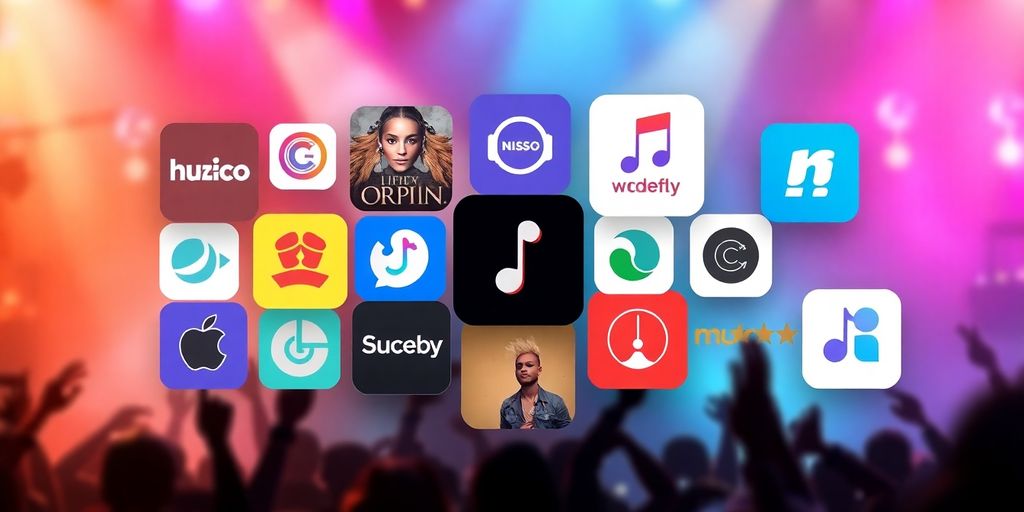
If you’re tired of the same old playlists and want to explore new sounds, it might be time to check out some Spotify alternatives. While Spotify is a great platform, there are many other services out there that cater to different tastes and needs. From niche genres to high-quality audio, these alternatives can offer something fresh and exciting. Let’s take a look at some of the best options available for music lovers today.
Key Takeaways
- There are many platforms that focus on niche genres and independent artists, giving you a chance to support creators directly.
- Some services offer community-driven music discovery, helping users find new tracks based on shared interests.
- Look for platforms that provide high-quality audio options for a richer listening experience.
- Consider budget-friendly plans or free tiers that allow you to enjoy music without breaking the bank.
- Many alternatives support international music and local artists, broadening your musical horizons.
Exploring Unique Music Platforms
Mainstream music streaming is great, but sometimes you want something different. There are many reasons to explore alternatives to Spotify and Apple Music. Maybe you want to support artists directly, find something more affordable, or discover a wider range of international music. Or perhaps you’re an audiophile seeking the highest possible sound quality. Let’s check out some unique platforms.
Niche Genres and Independent Artists
Some platforms really focus on specific genres or supporting independent artists. SoundCloud is a great example, known for its huge catalog of user-uploaded music and remixes. It’s the place to go for discovering emerging talent and connecting with creators. If you’re looking to support independent artistry, SoundCloud is a solid choice.
Community-Driven Music Discovery
Some platforms thrive on community. These services often have features that let you connect with other listeners, share playlists, and discover new music through recommendations from people with similar tastes. It’s a more social way to experience music, moving beyond algorithms and into real human connection.
User-Generated Content and Collaboration
Platforms that allow user-generated content take music streaming to another level. Think remixes, covers, and even original tracks uploaded by aspiring artists. This creates a dynamic and ever-changing library of music that you won’t find anywhere else. It’s a great way to find something truly unique and support up-and-coming musicians. Fourthwall empowers creators and musicians to monetize their craft seamlessly. With tools designed for simplicity and success, Fourthwall enables you to: Create Custom Storefronts: Sell branded merchandise, digital downloads, or exclusive products directly to your audience. Offer Subscription-Based Content: Build deeper connections by sharing members-only content, from exclusive music tracks to behind-the-scenes podcasts. Expand Your Reach on Spotify: As an official Spotify partner, easily integrate
Key Features to Consider

When you’re checking out music streaming services that aren’t Spotify, it’s easy to get lost in all the options. Let’s break down the key things to think about so you can find the perfect fit for your listening style.
Audio Quality and Streaming Options
If you’re all about sound quality, this is where you need to pay attention. Some services offer lossless audio or Hi-Res formats, which can make a huge difference if you’ve got good headphones or speakers. Others stick to standard quality, which is fine for most people but might not cut it for audiophiles. Think about what you really need and what your ears can actually tell the difference between. Tidal and Qobuz are industry leaders for superior audio quality, making them ideal for users seeking crystal-clear sound. For standard listening, services like Amazon Music Unlimited and Apple Music offer high-quality streams that balance performance and convenience.
Offline Listening and Accessibility
Do you travel a lot, or are you often in places with spotty internet? Then offline listening is a must. Make sure the service lets you download playlists, albums, or individual tracks so you can listen without using data. Also, check if the service works on all your devices – phone, tablet, computer, smart speakers, the works. Services like YouTube Music and Amazon Music are versatile and work across multiple devices, including smart TVs and voice-controlled assistants like Alexa.
Personalization and Music Discovery
What’s the point of a music service if it can’t help you find new stuff you like? Look for services with good recommendation algorithms, curated playlists, and maybe even social features that let you see what your friends are listening to. The best services learn your taste over time and suggest music you’ll actually enjoy.
It’s easy to get stuck in your musical comfort zone. A good music service should push you to explore new genres and artists, but in a way that feels natural and not overwhelming. Think about what kind of music discovery experience you prefer – do you like curated playlists, algorithm-based suggestions, or something else entirely?
Here’s a quick comparison of music discovery features across different platforms:
- Spotify: Known for its
Affordable Streaming Solutions

Let’s be real, nobody wants to break the bank just to listen to their favorite tunes. Thankfully, there are plenty of affordable options out there beyond the big names. It’s all about finding the sweet spot between cost and features that fit your needs.
Budget-Friendly Subscription Plans
Many services offer a range of subscription tiers to cater to different budgets. You’ve got your standard individual plans, but don’t overlook the cheaper options like student discounts or bundled deals. YouTube Music is a great option to browse songs. Some platforms even offer annual subscriptions, which can save you a chunk of change in the long run. It’s worth comparing the features at each tier to see what you’re really getting for your money.
Ad-Supported Free Tiers
If you’re willing to put up with a few ads, you can actually listen to a ton of music for free. Platforms like Deezer, SoundCloud, and Pandora offer free, ad-supported tiers. Sure, you’ll hear some interruptions, but it’s a solid way to discover new music and enjoy your favorites without paying a dime. Just be aware that some features, like offline listening, are usually reserved for paid subscribers. Amazon Music also has an ad-supported plan.
Family and Student Discounts
If you’re a student, definitely check out the student discounts offered by most streaming services. They can knock a significant amount off the monthly price. And if you’ve got a family of music lovers, a family plan is almost always the most cost-effective way to go. You can split the cost between multiple users, making it way cheaper than everyone having their own individual subscription. Family plans are a great way to save money.
High-Quality Audio Services
Lossless and Hi-Res Audio Options
For true audiophiles, the audio quality of a streaming service is paramount. Gone are the days of settling for compressed audio when lossless and hi-res options are readily available. Several platforms now offer audio quality that rivals CDs or even studio master recordings. This means you can hear every nuance and detail in your favorite tracks, just as the artist intended. Services like Qobuz and Tidal have built their reputations on providing this level of fidelity, catering specifically to listeners who demand the best possible sound.
Audiophile-Centric Platforms
Some streaming services go beyond just offering high-quality audio; they curate their entire experience around the audiophile lifestyle. Qobuz, for example, not only provides hi-res streaming but also features in-depth music journalism, album reviews, and artist interviews. These platforms often have a strong focus on genres like classical and jazz, where the subtleties of the music are best appreciated with high-fidelity playback. They also tend to offer features like offline listening with downloaded hi-res tracks, ensuring you can enjoy top-notch audio quality even on the go.
Comparing Sound Quality Across Services
It’s important to understand the different audio quality tiers offered by various streaming services. While some offer standard compressed audio, others provide lossless CD-quality or even hi-res audio. Here’s a simplified comparison:
- Spotify: Offers high-quality streaming, but not lossless.
- Apple Music: Provides lossless and hi-res lossless options.
- Tidal: Known for its HiFi and Master Quality audio.
- Qobuz: Specializes in hi-res audio, with a vast catalog of hi-res albums.
- Amazon Music Unlimited: Offers HD and Ultra HD audio options.
- YouTube Music: No HiFi offer.
Choosing a streaming service based on sound quality involves considering your listening equipment and personal preferences. If you have high-end headphones or speakers, investing in a service with lossless or hi-res audio can make a significant difference. However, if you primarily listen on mobile devices or in noisy environments, the benefits may be less noticeable.
Global Music Access
International Music Libraries
When you’re looking for a music streaming service, it’s easy to get stuck thinking about the big names. But what if you want something that really opens you up to music from around the world? That’s where international music libraries come in. These services go beyond the usual top 40 hits and offer a huge range of music from different countries and cultures.
- Some platforms specialize in specific regions, giving you a deep dive into the music scene of a particular area.
- Others aim to provide a more general selection of international music, so you can explore different genres and artists from all over the globe.
- It’s worth checking out what kind of international music is available on each service before you commit to a subscription.
Cultural and Regional Focus
Some streaming platforms really shine when it comes to focusing on specific cultures or regions. Take Anghami, for example, which is super popular in the Middle East and North Africa. It’s got a massive library of Arabic songs, making it the go-to app for Arabic music lovers.
These platforms aren’t just about offering music; they’re about connecting you to a culture. They often feature local artists, traditional music, and curated playlists that give you a real taste of the region’s musical identity.
Support for Local Artists
One of the coolest things about these alternative streaming services is how they often prioritize supporting local artists. Mainstream platforms are great, but they can sometimes overshadow smaller, independent musicians. These smaller platforms can be a game-changer for artists trying to get their music out there. By using these services, you’re not just discovering new music; you’re also helping to support the people who make it. It’s a win-win!
- Many platforms offer features that allow you to directly support artists, such as buying their music or merchandise.
- Some even have revenue-sharing models that are more favorable to artists than those of the larger streaming services.
- By choosing these platforms, you can help to create a more sustainable and equitable music ecosystem.
User Experience and Interface
Let’s be real, nobody wants to fight with their music app. It should be easy to find what you want, create playlists, and share stuff with your friends. Some platforms really nail this, while others… not so much. It’s all about how intuitive the design is and whether it makes discovering new music a joy or a chore.
Ease of Use and Navigation
Is the app easy to figure out? Can you find your favorite songs without getting lost in a maze of menus? A good music app should have:
- A clear and simple layout.
- Easy-to-use search functions.
- Intuitive controls for playback.
I remember trying one app where it took me a solid five minutes just to figure out how to add a song to a playlist. That’s five minutes I could have spent actually listening to music! The best apps get out of your way and let you focus on the tunes.
Playlist Management Features
Playlists are life. So, the app better have good playlist tools. Can you easily create, edit, and organize your playlists? Can you collaborate with friends? Look for these features:
- Drag-and-drop playlist editing.
- Collaborative playlist options.
- Smart playlist generation based on your listening habits.
Social Sharing and Interaction
Music is meant to be shared! Can you easily share your favorite tracks with friends on social media? Does the app have any built-in social features, like the ability to follow other users and see what they’re listening to? Some things to consider:
- Seamless integration with social media platforms.
- Ability to share playlists and individual songs.
- Options for personalized skips and seeing what your friends are listening to.
Exclusive Content and Features
Live Performances and Events
Some music streaming services are trying to set themselves apart by offering more than just on-demand music. One way they do this is by providing access to live performances and events. Think exclusive concert streams, behind-the-scenes footage, or even early access to tickets. It’s a cool way to feel more connected to your favorite artists.
Podcasts and Audiobooks
If you’re someone who likes to listen to more than just music, consider platforms that integrate podcasts and audiobooks. It’s convenient to have everything in one place, and some services even offer exclusive podcast content you won’t find anywhere else. YouTube Music and Apple Music are good examples of platforms that offer both content types in one app.
Curated Playlists and Recommendations
Let’s be real, sometimes you just want someone to tell you what to listen to. That’s where curated playlists and personalized recommendations come in. Some platforms have teams of music experts who create playlists for every mood and genre, while others use algorithms to suggest music based on your listening habits. It’s a great way to discover new music and expand your horizons.
It’s worth checking if a platform offers unique features like podcasts or offline playback. These can significantly enhance your listening experience and provide added value beyond just streaming music.
Wrapping It Up
So, there you have it. While Spotify and Apple Music are popular choices, they’re not the only games in town. There are plenty of other platforms out there that might fit your needs better, whether you want to support indie artists, enjoy high-quality sound, or save some cash. Each service has its own perks, so it’s worth taking the time to find one that matches your style. Whether you’re a casual listener or a hardcore music fan, exploring these alternatives can lead you to some hidden gems. So go ahead, give them a shot and see what you discover!
Frequently Asked Questions
What are some good alternatives to Spotify?
There are many great options like Apple Music, Tidal, and SoundCloud that offer different features and music selections.
Can I listen to music offline with these alternatives?
Yes, many platforms allow you to download music for offline listening, so you can enjoy your favorite songs even without internet.
Are there any free music streaming services?
Absolutely! Services like SoundCloud and YouTube Music offer free versions with ads, letting you listen to music without paying.
How do I find new music on these platforms?
Most streaming services have special features that suggest new songs based on what you already like, making it easy to discover fresh music.
Is the sound quality better on these alternatives?
Some services, like Tidal and Qobuz, offer high-quality audio options that sound clearer and more detailed than standard streaming.
Can I share my playlists with friends?
Yes! Most music streaming services let you share your playlists and favorite songs easily with friends through social media or direct links.
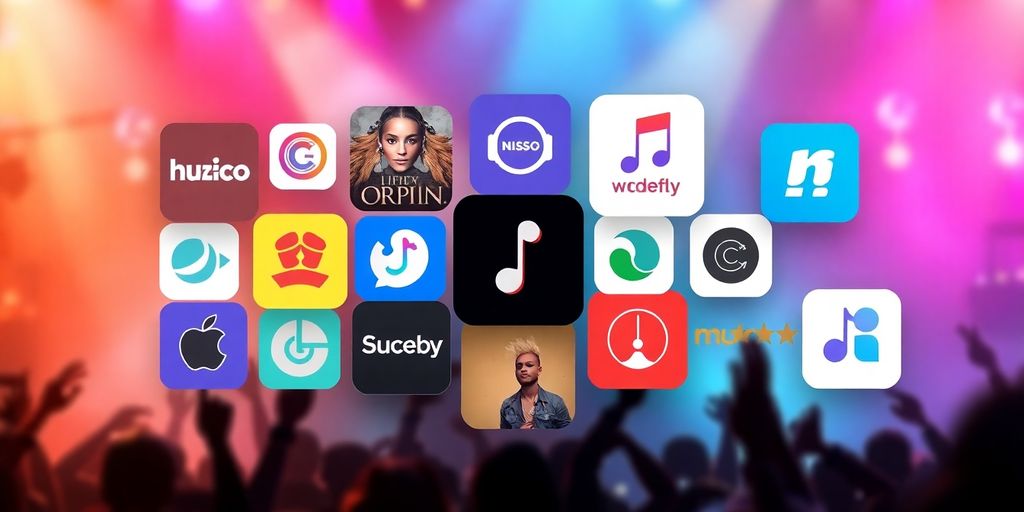


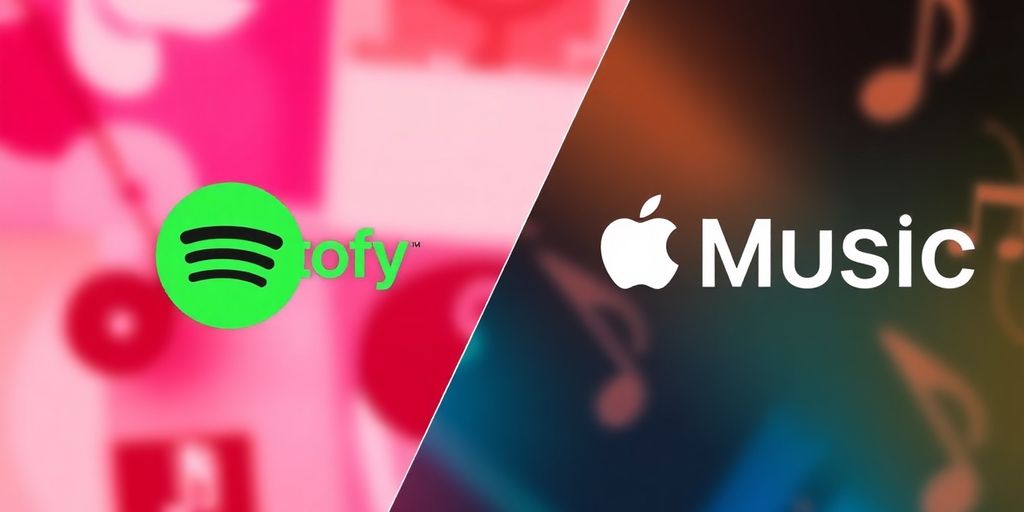
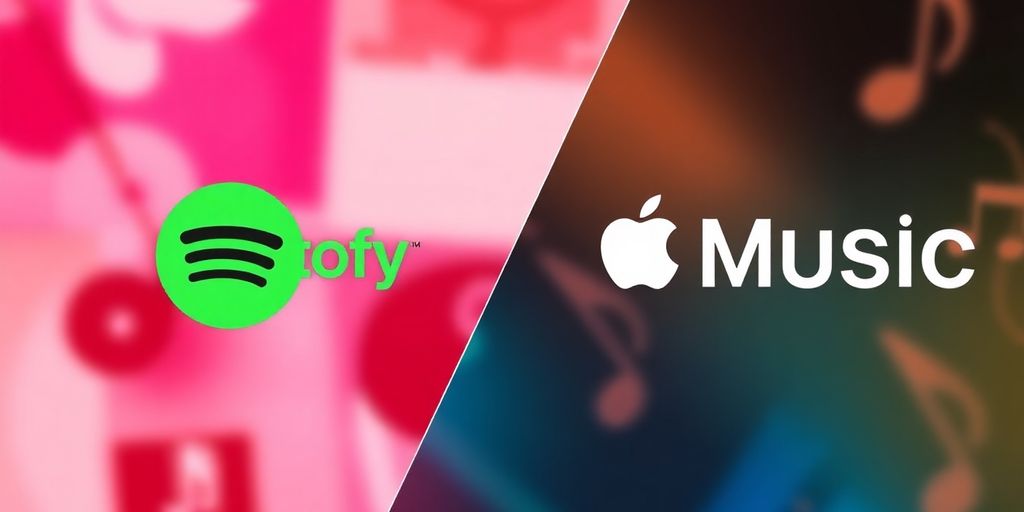
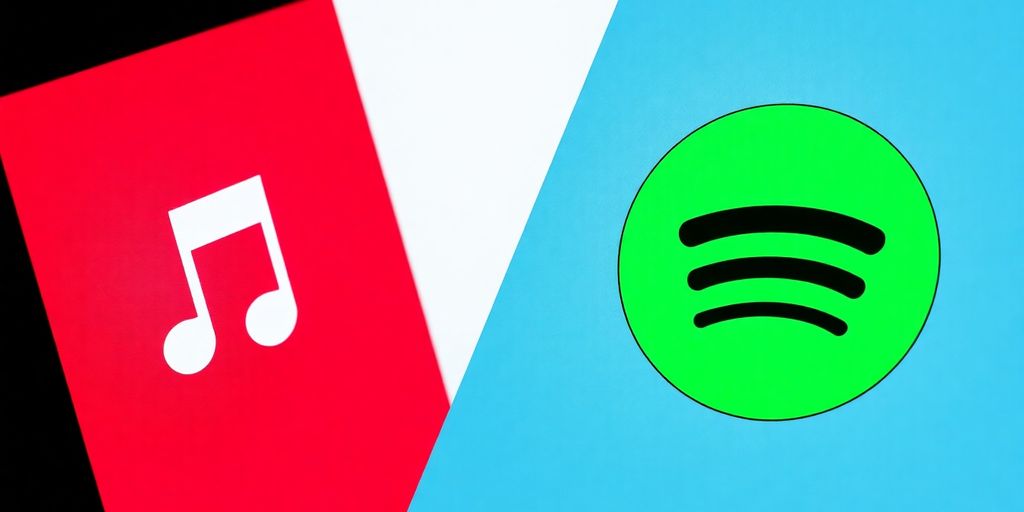
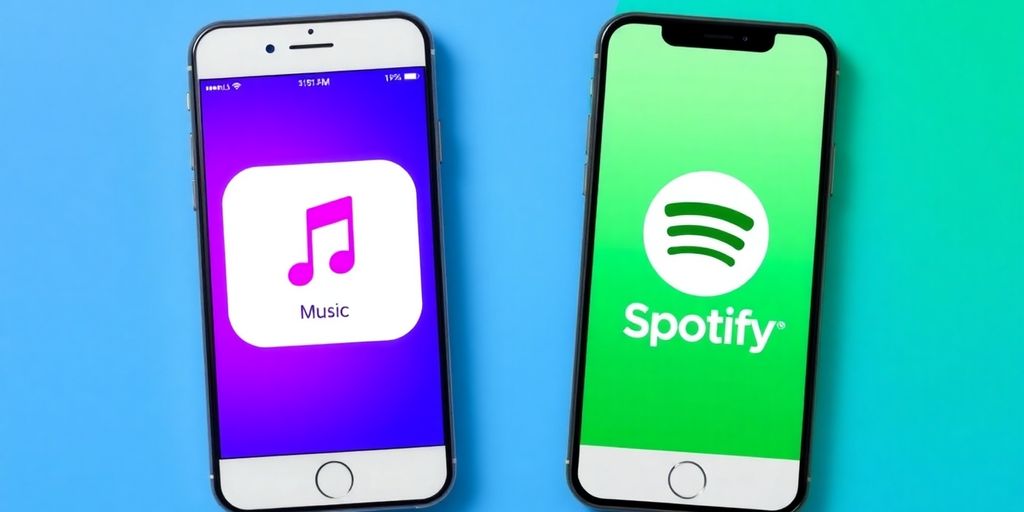
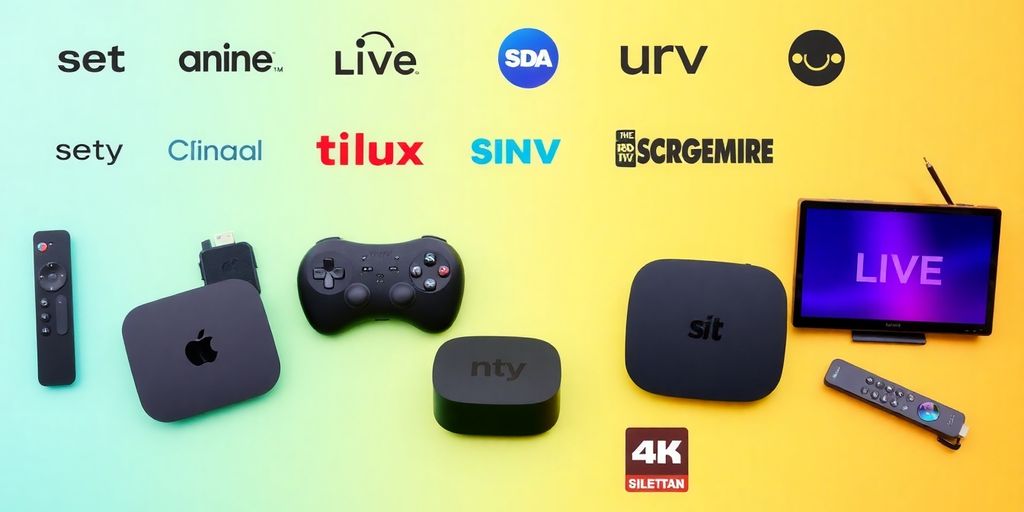
Responses